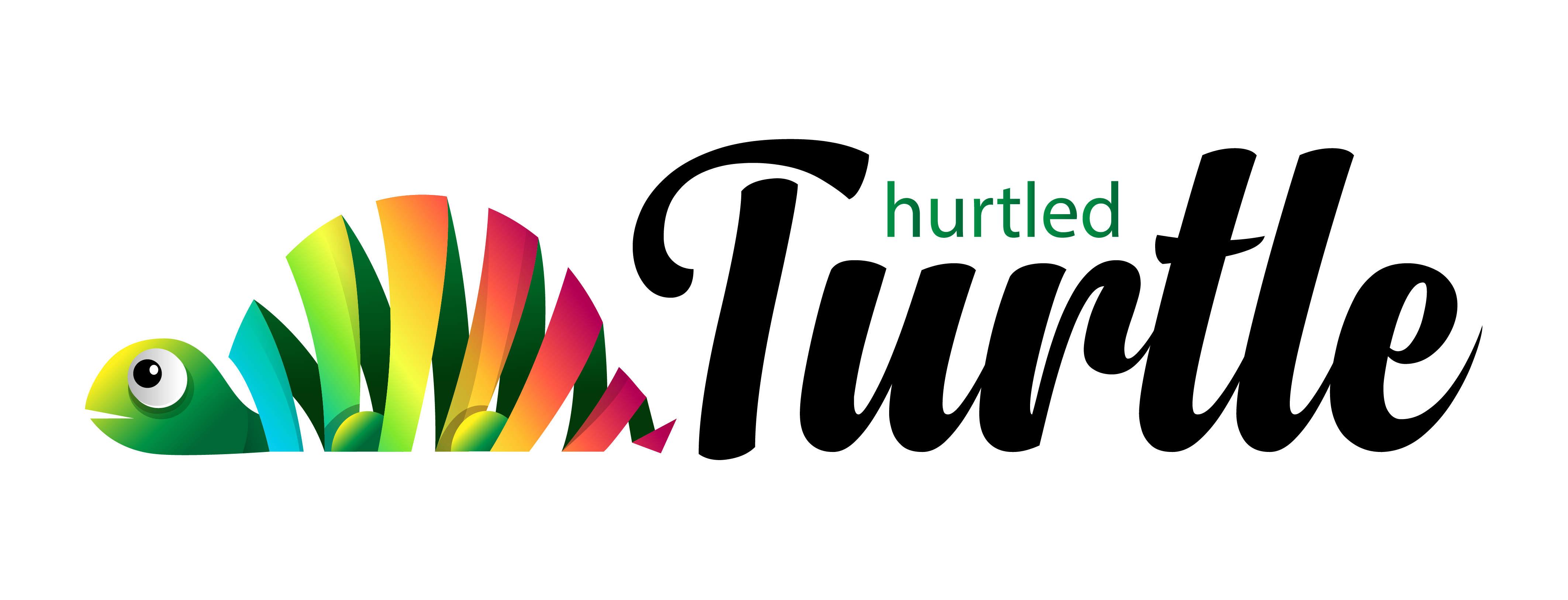Gardening is one of the most common activities almost anywhere else in the world. The success of gardening with home greenhouse kits has resulted in excess of greenhouse materials and equipment planned for the backyard gardener. Greenhouses, by the widespread use of ventilation, provide a controlled atmosphere for plant life.
Greenhouse kits are ideal for the beginning gardeners. There are several greenhouse kits online, which can be obtained for larger garden centres like greenhouse stores. Greenhouse stores have a wide range of greenhouse kits and supplies to help you create your own greenhouse from the ground up. You must choose a greenhouse kit based on the number of plants you want to produce.
Sizes and designs
Greenhouse kits are available in a range of shapes and sizes. Some are circular, others are square with pointed arches, and even some are barn-shaped. Most have polished aluminum frames that prevent corrosion and twin-walled or triple-walled plastic coverings that let in filtered light. Greenhouse kits with thicker plastic coverings perform extremely well in rugged areas and areas with deep snow, severe cold and high winds. Greenhouse kits will range in size from 4 x 6 to 8 x 24. Greenhouse kits are available in two styles: freestanding and lean-to.
The two types of greenhouses
A freestanding greenhouse can be installed anywhere where there is the best available light in the yard. Its benefit is that it is conveniently portable. When set in the proper position, it can produce a lot of light. Because of the volume of uncovered surface area, it would usually need heating at night.
A lean-to greenhouse attached to a house or other structure may be installed against it. In general, a lean-to has less storage, but many have expansion kits that make it possible to create more space later on. Since a lean-to is often built against a home, it is typically close to electricity and running water.
Location of the greenhouse
A greenhouse may be built on grass, bare ground, a brick floor, or a concrete slab. Greenhouse kits do not often need a fixed concrete slab as a platform. It is necessary to detect the greenhouse on well-drained ground. Effective drainage can be provided by a lawn or dirt.
A greenhouse should be placed on the south or southeast side of the building in a sunny spot. The east side is the next better option, as it will begin to receive sunlight in November and December. Following this, the safest positions are southwest and west. A greenhouse on the north side is not a smart option.
The Final Verdict
There are as many opportunities to use a greenhouse as there are gardeners. They are ideal for storing plants during the winter months. A greenhouse encourages a gardener to start flower and vegetable seedlings early. It is an excellent place to grow and cultivate orchids for those who enjoy tropical plants and flowers. A greenhouse offers a controlled atmosphere in which to cultivate organic vegetables and herbs for those who are concerned with contaminants in food.



